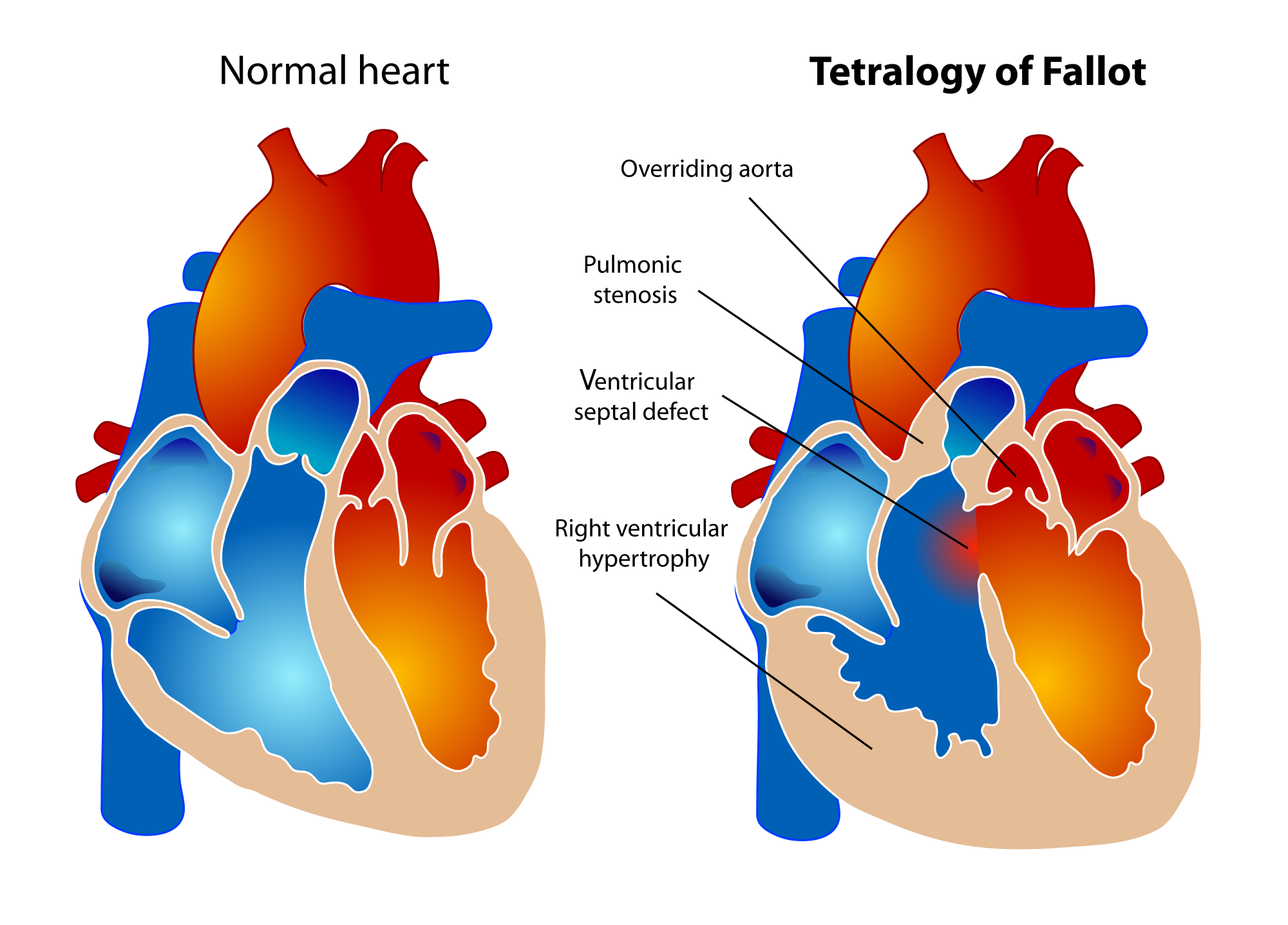Anestesia and Tetralogy of Fallot. A case presentation
Abstract
Introduction: the Fallot tetralogy is the most frequent congenital cardiopathy of the cyanotic group. It is basically characterized by the presence of a stenosis in the right ventricular tract, ventricular septal defect, right ventricle hypertrophy, and the aorta riding over the ventricle tract defect.
Case presentation: 20 year -old mixed blood female –patient that presented personal antecedents of Fallot Tetralogy without a regular treatment and with a slight mental retardation. She came to the duty guard service with a pain in the lower abdomen with no other symptoms.
Discussion: eighty percent of the congenital cardiopathies are due to the defects of the auricular septum, Fallot tetralogy, coarctation of the aorta, transposition of great vessels, aortic and pulmonary stenosis. The cardiac lesions behave differently in several ages taking into account the hemodynamic considerations depending on the age.
Conclusions: the clinical and surgical evolution was satisfactory.
Downloads
References
1.Calafell Vázquez N. Malposición de grandes vasos: En: Cardiopatías Congénitas, Diagnóstico. [Internet] La Habana: Ciencias Médicas; 2005.p.72. [Citado 28 Oct 2013]. Disponible en: http://www.bvs.sld.cu/libros/cardiopatia_congenita/indice_p.htm.
2.Cain JG. Consideraciones Específicas en las cardiopatías: Tetralogía de Fallot. En: Hurford WE, Bailin MT. Clinical Anesthesia Procedures of the Massachusetts General Hospital. [Internet]. Philadelphia: Lippincott-Raven Publishers; 2005. p. 24. [Citado 28 Oct 2013]. Disponible en: http://www.amazon.com/Clinical-Anesthesia-Procedures-Massachusetts-Hospital/dp/1605474606.
3.Hurford W, Bailin E, Michael T. Consideration with cardiac diseases: Procedures of the Massachusetts General Hospital: Specific. Philadelphia: Lippincott-Raven; 1998.p. 15.
4.Merry AF, Cooper JB, Soyannwo O, Wilson IH, Eichhorn JH. International Standards for a Safe Practice of Anesthesia 2010. Can J Anesth. [Internet]. 2010 Nov; [Citado 25 Oct 2013]; 57(11): 1027 – 34. (Disponible en:) http://www.ncbi.nlm.nih.gov/pmc/articles/PMC2957572/.
5.Ram kumar T, Ponniah M. Anestesia en niños con cardiopatías congénitas frecuentes para cirugía no cardíaca. En: Jacob R, Coté Ch J, Thirlwell J. Entendiendo la anestesia pediátrica. 2da ed: [Internet] India [s/n]; 2010.p.117-26. [Citado 25 Oct 2013]. Disponible en: www.clasa-anestesia.org/site/version/docs/libro_ap/Prelims.pdf.
6.Dávila E. Enfermedades cardiovasculares: anestesia y enfermedades asociadas. En: Anestesiología Clínica. [Internet] La Habana: Ciencias Médicas; 2006.p. 75-8. [Citado 25 Oct 2013]; Disponible en : http://www.ecured.cu/index.php/Anestesiologia_clinica.
7.Schoutena O, Jerjén J, Poldermansc D. Evaluación del riesgo coronario en el manejo de pacientes sometidos a cirugía vascular no cardíaca. Rev Esp Cardiol. [Internet]. 2007; [Citado 25 Oct 2013]; 60(10):1083-91. Disponible en:
http://www.revespcardiol.org/es/evaluacion-del-riesgo-coronario-el/articulo/13111240/
8.Morgan GE. Anestesia para los pacientes con enfermedad cardiovascular. En: Anestesiología clínica. 3ra ed. [Internet] México: El Manual moderno; 2003. [Citado 25 Oct 2013]. Disponible en: http://www.cosaslibres.com/search/pdf/anestesiologia-clinica-morgan
9.Management in Non-cardiac Surgery of the European Society of Cardiology (ESC) and endorsed by the European Society of Anesthesiology (ESA) Guidelines for pre operative cardiac risk assessment and perioperative cardiac management in non-cardiac surgery. Eur J Anesthesiol. [Internet] 2010; [Citado 25 Oct 2013]; 27:92–137. Disponible en : http://www.ncbi.nlm.nih.gov/pubmed/20068416
10.Grigore A. Perioperative management of ventricular assist device patients undergoing non-cardiac surgery. Rev Mex Anest. [Internet]. 2011; [Citado 25 de oct 2013]; 34(1): 288-92. Disponible en: http://new.medigraphic.com/cgi-bin/resumenMainI.cgi?IDARTICULO=29497&IDPUBLICACION=3203&IDREVISTA=37&NOMBRE=
11.Nyhan D, Robert A. Anestesia en cirugía cardíaca. En: Millar R, Ericsson LI, Fleisher L, Wiener– Kronish W, Young W. Millers Anestesia 6ta ed. [Internet] España: Elsevier; 2005.p.1968-71. [Citado 25 Oct 2013]. Disponible en: http://www.amazon.com/Millers-Anesthesia-set-Expert-Consult/dp/044306959X
12.Wray Roth D, Rothstein P, Thomas SJ. Anestesia para cirugía de corazón. En: Barash PG, Cullen BF, Stoeling RK. Anestesia Clínica. Vol. 2. 3ra ed. [Internet] Mexico: McGraw- Hill Interamericana; 1997.p. 981- 4. [Citado 25 2013]. Disponible en: http://www.casadellibro.com/libro-anestesia-clinica-3-ed-2-vols/9789701023389/667129.
13.Barrila Moreno JB, León ojeda NE de, Selma-Housein Sosa E, Consuegra Chuairey MT, Bermúdez Gutierrez G. Tetralogía de fallot y artrogriposis. Rev Cubana Ped. [Internet] .2009 Jul – Sep;[Citado 25 Oct 2013]; 81(3): Disponible en: http://scielo.sld.cu/scielo.php?pid=S0034-75312009000300009&script=sci_arttext
14.Bueno M A. Complicaciones postoperatorias con la prueba de tubo en T precoz en pacientes postoperados de cirugía cardíaca en el Incor- EsSalud [Citado el 23 de Julio 2000[Internet]. [Citado 25 Oct 2013] Disponible en: http://sisbib.unmsm.edu.pe/bibvirtual/Tesis/Salud/Bueno_A_M/resum.htm

Published
How to Cite
Issue
Section
License
Avisos de derechos de autor propuestos por Creative Commons
1. Política propuesta para revistas que ofrecen acceso abierto
Aquellos autores/as que tengan publicaciones con esta revista, aceptan los términos siguientes:- Los autores/as conservarán sus derechos de autor y garantizarán a la revista el derecho de primera publicación de su obra, el cuál estará simultáneamente sujeto a la Licencia de reconocimiento de Creative Commons que permite a terceros compartir la obra siempre que se indique su autor y su primera publicación esta revista.
- Los autores/as podrán adoptar otros acuerdos de licencia no exclusiva de distribución de la versión de la obra publicada (p. ej.: depositarla en un archivo telemático institucional o publicarla en un volumen monográfico) siempre que se indique la publicación inicial en esta revista.
- Se permite y recomienda a los autores/as difundir su obra a través de Internet (p. ej.: en archivos telemáticos institucionales o en su página web) antes y durante el proceso de envío, lo cual puede producir intercambios interesantes y aumentar las citas de la obra publicada. (Véase El efecto del acceso abierto).






